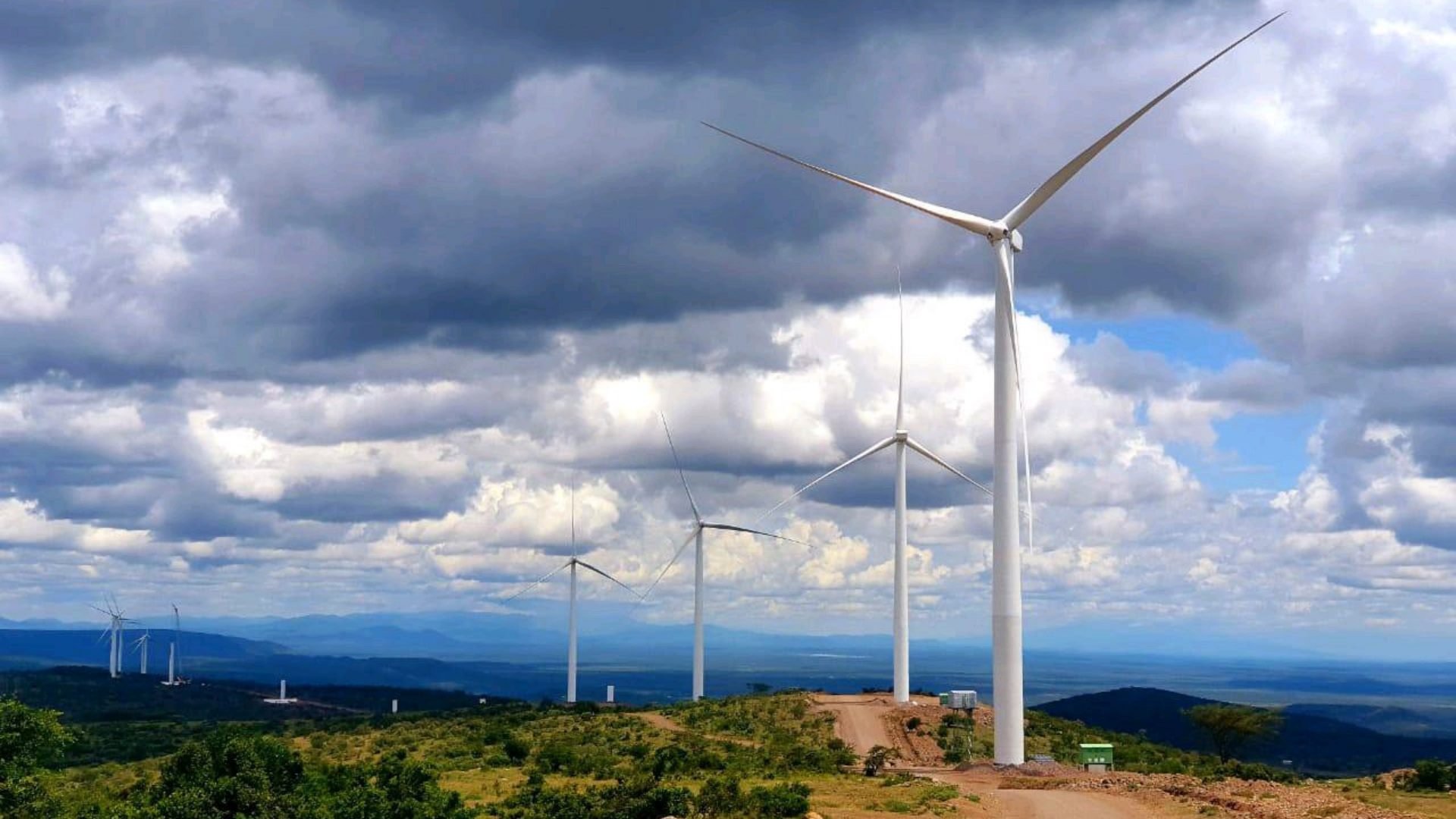Earlier this month, the shareholders of Kipeto Energy Plc arranged a $10m pioneering loan agreement with The Nature Conservancy (TNC) to finance human-wildlife initiatives around Kenya’s second biggest wind farm.
The 100 MW Kipeto wind energy facility started commercial operations earlier this year and is developed by BTE Renewables, an Actis company, along with its local partner Craftskills Wind Energy International.
The arrangement of this new loan is a first for Africa’s wind power industry and will see the implementation of several conservation initiatives, further demonstrating new models of funding for the sector.
The funding will notably support the project’s biodiversity action plan (BAP) that seeks to improve the livelihoods of the Kajiado communities by creating jobs and building improved predator-proof animal enclosures for local farmers.
“BTE and TNC designed the investment via a $10 million fixed-rate mezzanine loan to the project, alongside a commitment by the project to provide annual funding for critical conservation initiatives throughout the life of the wind power project,” BTE Renewables said in a statement.
Full details on the Kipeto Wind Farm are available in the “Projects” section within your Hawilti+ research terminal.

